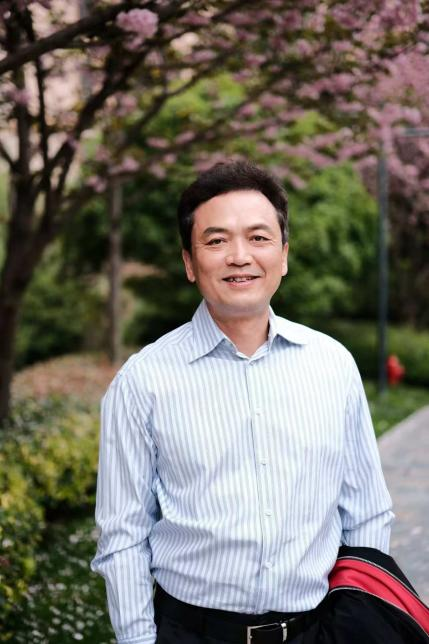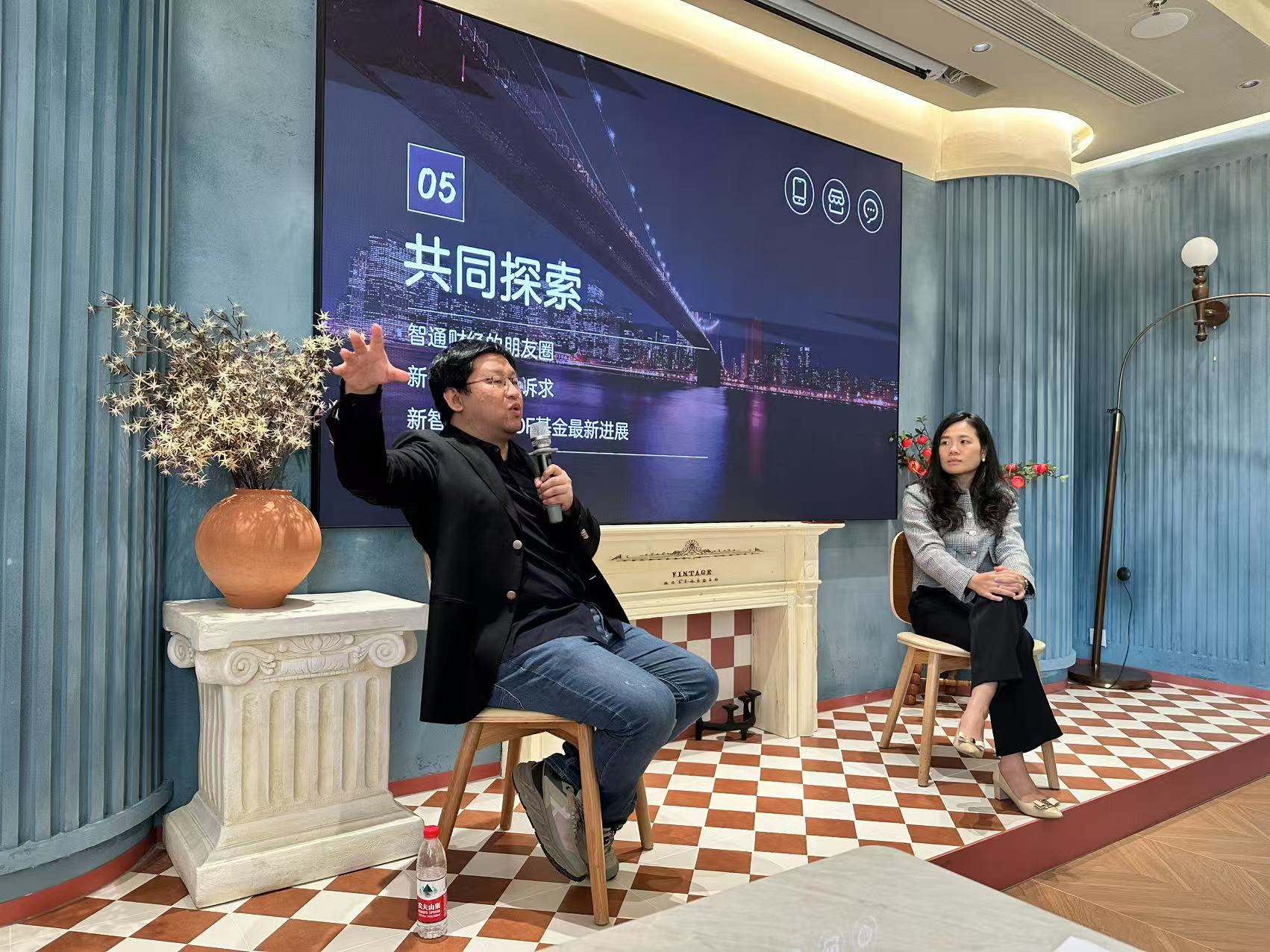How do you view the investment theme of AI? Invesco: AI software and services are the more sustainable and larger potential opportunities.
2024-06-26 16:34
Greg Holland said that viewing AI as a longer cycle, he believes it will trigger three waves, and expects this cycle to cover the next three to five years.
On June 24, Gerg Holland, a senior client investment manager at Schroders, stated that AI will drive changes in market share and profitability across industries in the economy, and people may not yet fully realize the impact of AI on consumers. The current issue is not whether global AI consumption will see growth, but rather the shift in market share and which companies will benefit and which will be eliminated. Investors should not only focus on semiconductors or AI infrastructure, but rather look at future AI services and software for greater and longer-term opportunities.
In the consumer industry, areas traditionally favored, such as e-commerce, digital media, and shared mobility, are now being enhanced through artificial intelligence. Examples include using generative AI to summarize thousands of customer reviews into a short paragraph, optimizing streaming quality based on internet speed and device capabilities through AI, and implementing rule-based machine learning models for driver-passenger pairing.
Gerg Holland believes that the focus should no longer be on AI infrastructure, which was a driving factor in the stock market last year, but rather taking a longer-term perspective. Although he holds semiconductor exposure, he believes that overall, AI software and services offer greater and more sustainable potential opportunities.
How will AI as an investment theme play out? Gerg Holland believes that viewing AI as a longer cycle will lead to three waves of change, expected to cover the next three to five years.
The first wave involves data centers and semiconductors as current investment opportunities. Server capacity is significantly increasing, with funding coming from large-scale data centers (cloud computing service providers). This is a competition between large companies, as it is limited to companies with annual product development expenditures exceeding $50 billion. Capital spending has more than doubled over the past three years. Just in May, companies' capital spending guidance for 2024 was raised from $157 billion to $182 billion (an increase of $25 billion) (2023 capital spending was $128 billion).
Gerg Holland points out that this is an arms race, and it is anticipated that this level of spending will remain high until at least mid-2025. Additionally, computer and mobile chips can run games faster, while automotive chips can enable more automated safety and autonomous driving.
At the same time, funds are flowing into GPU chip manufacturers. Faster GPU/accelerators are set to debut this year, with average selling prices further rising. Network tools, components, electronics, and HVAC cooling solutions are also benefiting from upgrades to AI data centers.
The second wave involves AI infrastructure. Large language models (LLMs) and cloud service providers are selling AI solutions to every company. These companies are now investing for future returns, as they recognize the attractive return on investment (ROI) of AI. Currently, most listed companies globally are assessing AI "proof of concept" projects to determine their ROI. Some will quickly deploy this capability to generate revenue for large-scale data centers and LLM. Most companies will begin deploying AI capabilities for themselves after 12-36 months.
The third wave (also the largest) consists of AI software, services, and peripheral devices. Similar to the cycle of phones and the internet, most wealth creation comes from productivity enhancements driving shifts in market share, time efficiency, and/or profit growth from labor replacement. Many applications' deployments are long-term investments, with beneficiaries expected to be seen in 2025 and beyond. AI content recommendation, content creation, and task/productivity assistants will change the way consumers interact and consume. In terms of automation, AI-driven physical automation and control, such as robots performing tasks or vehicles providing transportation services, will be driven by AI.
Furthermore, Gerg Holland believes potential beneficiaries include electronic game developers and media content creators. Game developers can significantly increase coding speed and reduce costs through AI code suggestions. In addition, the quality of user-generated content developed using AI tools is impressive and continues to improve. Schroders expects this to impact the value of media companies' content libraries.
RECOMMEND

Advanced investment education | FATCA & CRS leading global tax transparency, who is most affected?
04/08/2025

34 年股市老兵“曾阿牛”:跑赢纳指 110%仍不满足!从第一代股评家到对冲基金管理人的经历
14/06/2025

The first closed door meeting of the New Intelligence Roundtable Faction and the US Dollar Foundation was successfully held in Shanghai
01/05/2025
Customer Service

Add the WeCom

